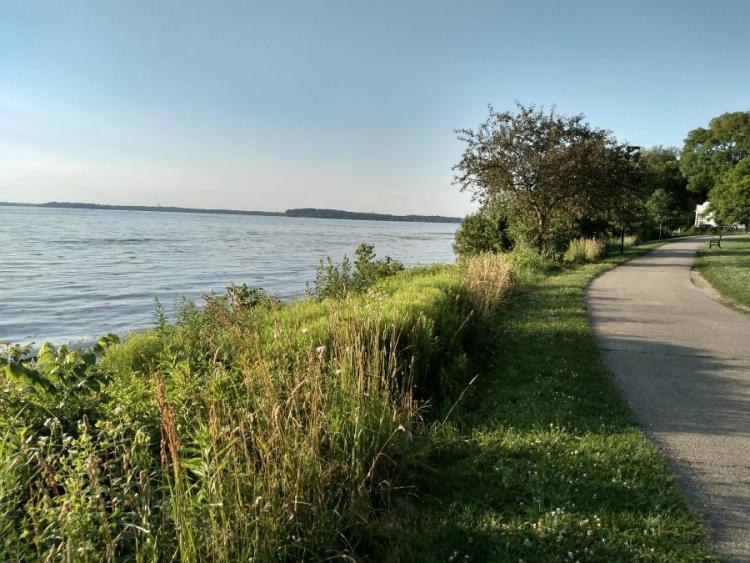
2023 Invasive Vegetation Management
Project Details
Project Information

The City of Madison Parks has contracted to manage invasive species and promote establishment of native vegetation at several park locations for the 2022 growing season. During each treatment the Contractor shall use a combination of the following, listed below in the order of the preferred method by the City of Madison:
- Mowing (for annual invasive plants that can be managed by removing the seeds produced that season).
- Hand pulling (for individual small patches of invasive plants that do not spread more aggressively after hand pulling - i.e. hand pulling is not allowed for Japanese Knotweed which spreads rhizomatically and would become more aggressive if hand pulled).
- Burning – for locations where burning would be an effective treatment. Exact locations to be burned shall be determined upon contract award. NOTE: For sites selected for prescribed burning (see more info here), the number of invasive removal visits shall be reduced by the number of prescribed fires able to be performed on site (either spring or fall burn, or both.)
- Spot herbicide application by “painting” treated stumps, or the “hand application method” which requires placing a chemical resistant glove over one hand, putting a cotton glove over that, and then spraying herbicide on the cotton glove and hand wiping the undesirable plant.
- Spray herbicide with backpack and pump sprayers, selectively spraying undesirable species.
Treated areas will receive overseeding or plugs of native plants, as necessary, to help suppress additional invasive growth and to promote native habitats.
Park sites include:
- Brittingham Park
- Burr Jones Park
- Cypress Splash Park
- Esther Beach Park
- Giddings Park
- Goodman Park
- James Madison Park
- McPike Park
- Merrill Springs Park
- Olbrich Park (Walter St)
- Olin Park
- Penn Park
- Reindahl (Amund) Park
- Tenney Park
- Thousand Oaks Park
- Walnut Grove Park
- Warner Park
- Wingra Park
- Yahara River Parkway